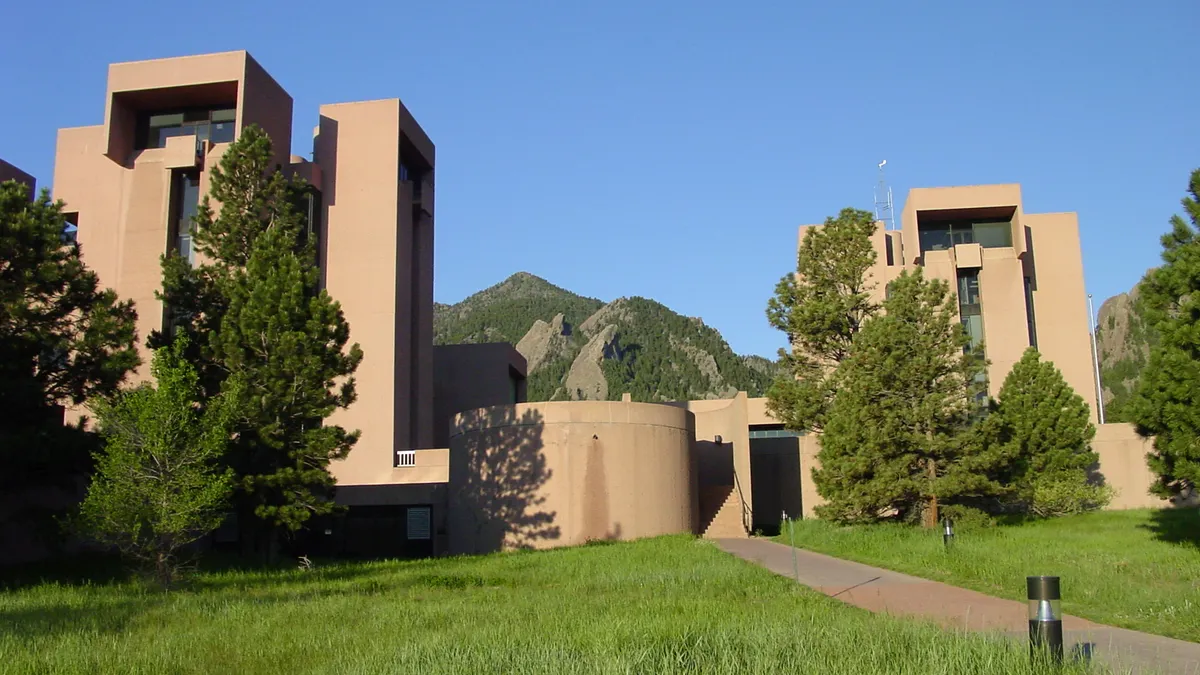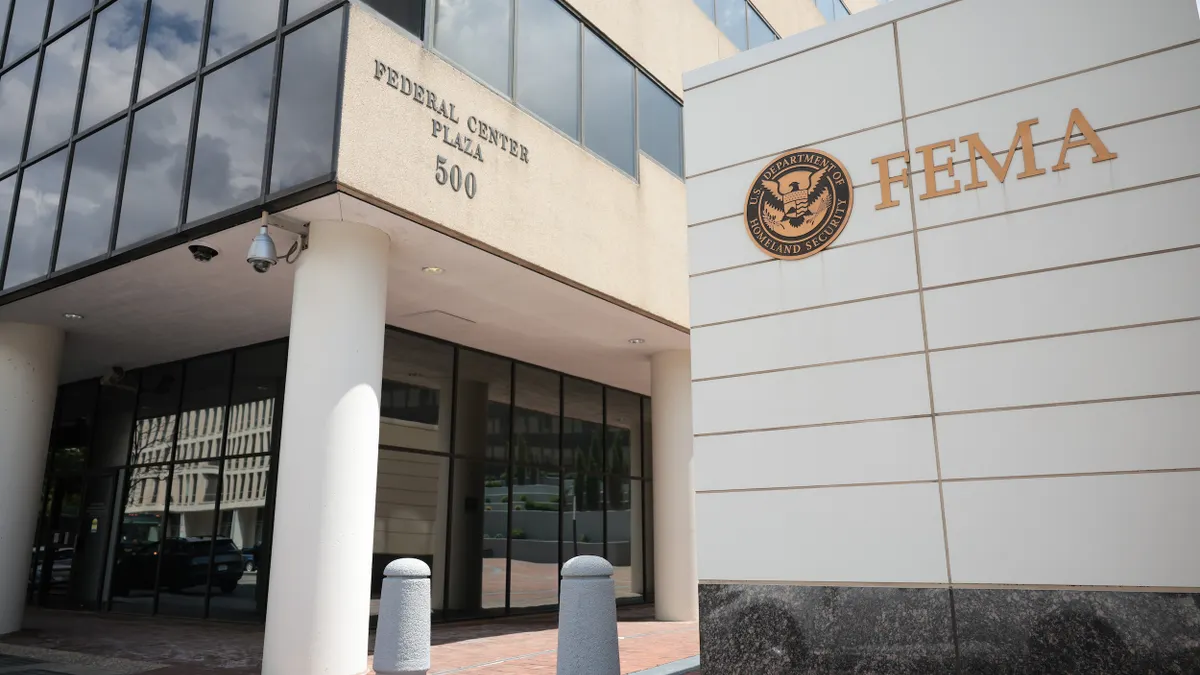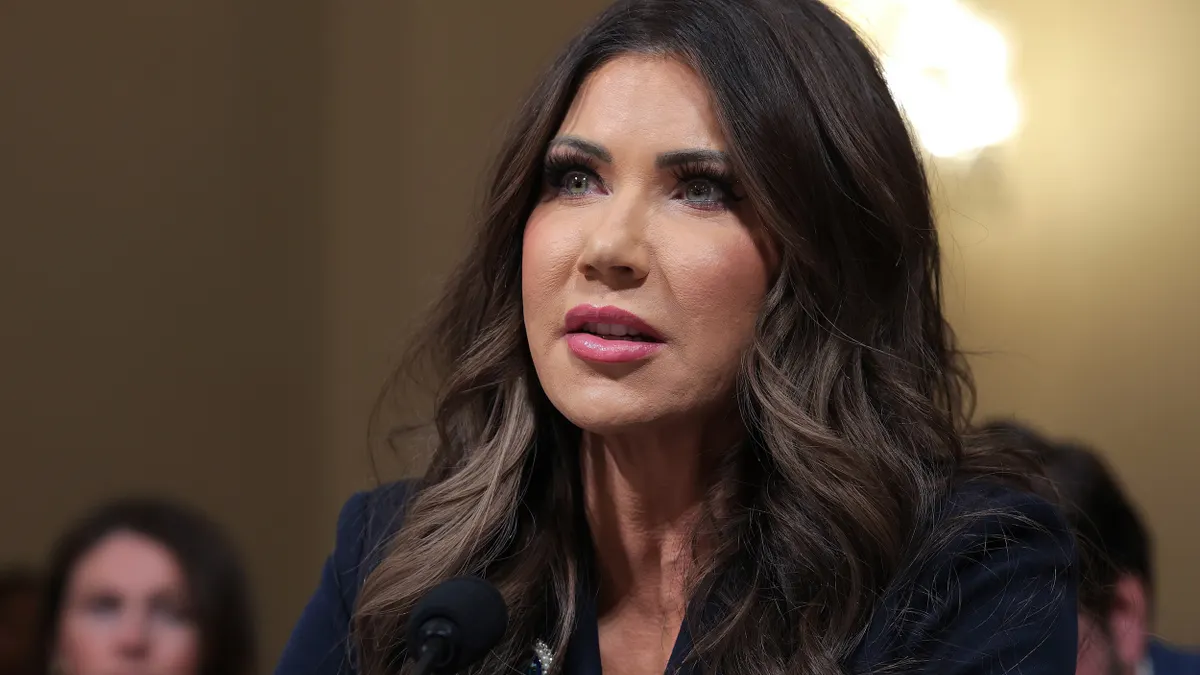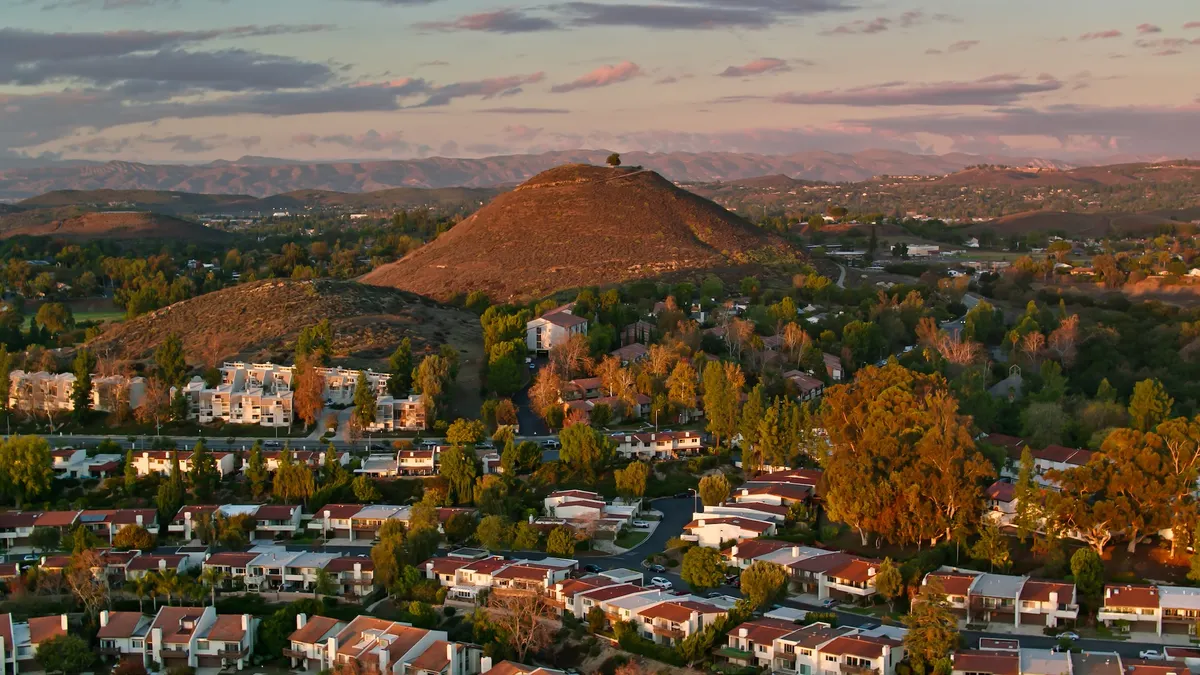As western U.S. cities boom with new residents and businesses, how can they keep from coming up dry?
In October, Utah was put under a drought emergency as states like Colorado, New Mexico, Nevada and California continue to see large parts of their population under drought conditions, which has forced cities into tough conversations about how to stretch already-limited resources to meet growing demands — and how technology and smart analytics can help.
Tools that give more up-to-date readings on water use at the household or business level have helped revolutionize the interaction between customers and utilities, but now cities are trying to work to integrate more advanced data into their decision-making.
The Denver Regional Council of Governments (DRCOG), for example, is embarking on a project to overhaul land use software — which already gives guidance on transportation needs — to include water demand as a way to inject conservation into growth discussions.
"In our metro vision, we talk about conservation of water as a resource, but there really hasn’t been a lot done to encourage that in land use planning, or vice versa," said Flo Raitano, director of partnership development and innovation for DRCOG. "We already use all sorts of land use data to inform our transportation discussions, so it shouldn’t be that much a stretch to use the same model and inform water discussions."
It seems straightforward. If existing software can spit out projections on how congested nearby streets are or how a highway can handle commuters from a growing subdivision, couldn't the same projections show water needs as new businesses or apartment complexes crop up? It's a faster version of modeling that cities and utilities already do.
"Software can respond to changes as needed, instead of planning out development with a lot of uncertainty," explained Andre Dozier, chief technology officer at Razix Solutions in Fort Collins, CO. His company has partnered with several utilities and localities in Colorado on sophisticated water planning software, which can model down to the parcel level. By using historical data of what certain buildings consume, and accounting for conservation upgrades like low flow toilets, the software can spit out a real-time prediction of water needs.
"We use your data to help you plan," Dozier explained. "It’s more trustworthy than a model."
Data demands
Despite the potential for data analysis, the process of collecting data is what's holding some cities back. "On the surface, you’d think it’d be easy to collect water data,” said Raitano. "In reality, not so much."
Data on water availability, storage and especially use is surprisingly sparse, even in a drought-ridden and tech-forward state like California.
"This may be surprising that in the land of Google, we have such an inability to account for our most fundamental environmental and economic resource, but that’s how it is,” said Michael Kiparsky, director of the Wheeler Water Institute at the University of California, Berkeley School of Law. "The fundamental issue is we just don’t know how much water we have, how much water we use and how much water is available for things like environmental purposes."
In 2016, Gov. Jerry Brown signed a bill to make water data publicly available and operable among the multiple state and local agencies that collect it. It’s been a slow process to figure out how to actually make that data usable, where to house it and in what format to present it, but Kiparsky said it’s an essential step to helping agencies work together, and figure out what new technology can be helpful.
"This may be surprising that in the land of Google, we have such an inability to account for our most fundamental environmental and economic resource, but that’s how it is."

Michael Kiparsky
Director, Wheeler Water Institute
"Let’s say a city is going to create structured billing to incentivize conservation. That needs data," he said. "There are very interesting examples of using behavioral economics to nudge people towards greater conservation, it’s a fairly cost-effective strategy. Doing that is impossible without fine data."
That’s especially true for homeowners, as evidenced by a pilot program being run in Texas. In partnership with the nonprofit Pecan Street and local universities, utilities have helped install a technology suite called Blu, which retrofits meters to give users immediate feedback on their water use.
"By the time they see and actually pay their bill, most homeowners are about a month and a half removed from water use," said Grant Fisher, chief information officer of Pecan Street. "The first step of conservation is data, so you need to show people their water use."
Blu can signal to homeowners how best to conserve water by pointing out long showers, inefficient sprinklers or a leak that otherwise might not be detected before an end-of-the-month water bill looks too high. It can also give cities like Austin real-time data that can better inform a comprehensive water strategy. As cities look to update aging infrastructure or weigh whether to build costly storage and treatment facilities, real-time data can help them understand where needs are, and where less costly interventions could help.
"More data can enable insights into a lot of the intersections between water and energy, or land use or development," Fisher said. "We've always known they've existed, but we've been unable to quantifiably tie them to water use."
Making water the priority
More data can also make it easier for cities to prioritize water conservation throughout the government. Technology like smart water meters or large-scale water recycling efforts can mean huge gains for conservation, but full adoption requires making water conservation a priority across the government.
That's where some see Santa Fe, NM as a model. In 2018, the city reported using 90 gallons per capita per day (GCPD), compared to 168 GCPD in 1995; the population has increased by some 50,000 people in that same time.
Christine Chavez, who leads the city's water conservation office, said those gains result from an "emergency mentality" the city adopted during a lengthy drought in the mid-1990s, but never shed. Chavez's office has staff working across multiple agencies, like helping landscapers adopt drought-resistant native plants or going to schools to educate students. "It seems like there's not a department we're not in contact with," Chavez said.
To help mirror that effort, the Colorado Water Conservation Board is working on a guidance document that would help local governments and utilities bridge the gap between water efficiency plans — used by more than 80 water providers serving three-quarters of the state’s population — and land use planning efforts, like demand forecasting and zoning.
The document, still in draft stage, offers tips on strategies some localities have already taken, like creating model landscape plans for new developers that incorporate more efficient irrigation, or incentivizing builders to use smart sprinklers that interact with weather predictions to only run at the most efficient times.
With climate change accelerating the potential for drought, western cities know that water conservation has to be top of mind in any sustainability strategy. But DRCOG’s Raitano said the discussions are happening at the right time. Although the Denver region is playing catchup with transportation infrastructure, which has been strained under the state’s growth, she said the water discussions are "at a good point."
"It may seem like we’re behind, but we’re not,” Raitano said. “We’re not looking at absolute disaster, which is always where you want to be."



















